Food & Beverage Reporter (FBR) is one of South Africa’s leading B2B magazines, with a track record of more than 25 years in the industry. With thought leadership and in-depth coverage of technical topics, news, and local and international developments across the foodbev and allied industries, the magazine caters for South Africa and neighbouring countries. FBR also carries a specialist Packaging& Processing Reporter section in each issue, exploring technology, ideas, and trends in these key segments of the food chain. In response to changing readership trends we offer a fully digitized publication, with both Apple and Android apps In March each year, FBR’s annual Supplier Directory is distributed both in print and online versions providing you with a handy guide to local suppliers and service providers on the continent.
From the editor
Food & Beverage Reporter
Microwave Technology • Treating raw materials to produce safe food in a sustainable manner is one way in which food manufacturers can help to keep people healthy. Considering microwave technology as a food safety solution can be a good option for food manufacturers who work with plant-based products such as fruits, nuts, seeds, and spices.
Sustaining competitive macadamia prices lies in new products • Macadamias are found in many new and emerging food products including milk and beverages, other plant-based alternatives, and in health and energy foods. They are also one of the most successful export crops in South Africa, with most of the local crop being exported, bringing valuable Forex into the country.
World’s Top Health Researchers on Nut & Dried Fruit Consumption Convened at the INC Headquarters for Historic Meeting
Industry Updates
Extending shelf life with MAP • Modif ied atmosphere packaging (MAP) is a widely used preservation technology in food packing, used for several products including fresh meat, ready-to-eat (RTE) salads, and baked goods, helping to increase the shelf life of fresh produce.
Using crop data to increase quality and maximize output • The food industry has grown substantially over the past few decades. Where individuals used to visit their local grocer for fresh fruits and vegetables, they now have the choice of several supermarkets in every town, not to mention online shopping and even same day delivery. The food market has boomed and, as a result, consumers now expect more variety and higher quality products – all at lower prices. To keep up with these demands, the food industry has turned to the use of AI and Big Data to analyze and optimize each stage of their production process, including at the very start of the supply chain where raw ingredients are grown in the field.
Nestlé Confectionery has announced industry-leading packaging innovations for two of its best-loved brands - Quality Street and KitKat. • In a category first, Quality Street will move to recyclable paper packaging for its twist-wrapped sweets. By replacing the double layer of foil and cellulose with a paper wrap, Quality Street will remove more than two billion pieces of packaging material from the brand’s supply chain.
Nestlé appoints new MD for East & Southern Africa
Understanding Sweeteners • The Food and Nutrition Information Center defines a sugar substitute as a food additive which provides a sweet taste like that of sugar, while containing less energy (kilojoules) than sugar or sugar-based sweeteners. This may result in a low-calorie sweetener or even a zero-calorie (non-Nutritive) sweetener. From the definition, it is easy to understand why sweeteners appeal to the health conscience and dieting population. Less calories are consumed while a sweet and sugar like taste can still be enjoyed.
EGGS AND POULTRY Global News • USDA Releases Proposed Regulatory Framework to Reduce Salmonella...

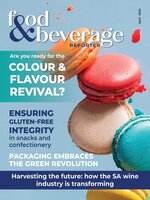 Apr 01 2024
Apr 01 2024
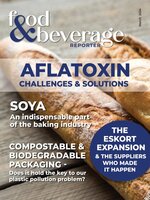 Mar 01 2024
Mar 01 2024
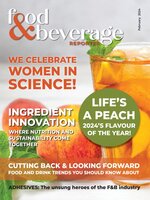 Feb 01 2024
Feb 01 2024
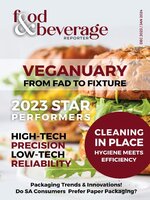 December 2023 - January 2024
December 2023 - January 2024
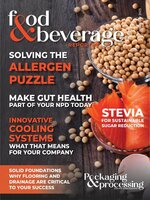 Nov 01 2023
Nov 01 2023
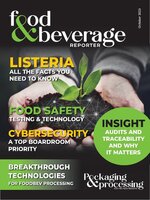 Oct 01 2023
Oct 01 2023
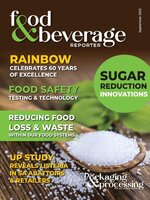 Sep 01 2023
Sep 01 2023
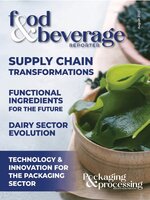 Aug 01 2023
Aug 01 2023
 Jul 01 2023
Jul 01 2023
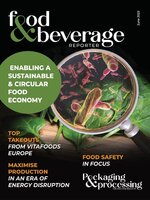 Jun 01 2023
Jun 01 2023
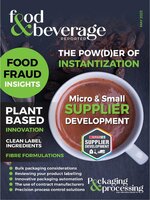 May 01 2023
May 01 2023
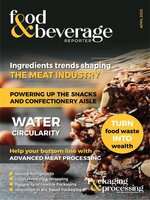 Apr 01 2023
Apr 01 2023
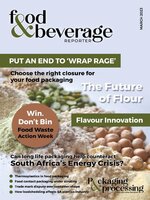 Mar 01 2023
Mar 01 2023
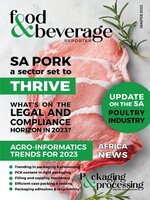 January - February 2023
January - February 2023
 November - December 2022
November - December 2022
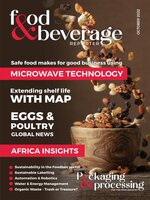 Oct 01 2022
Oct 01 2022
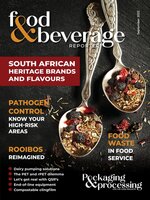 Sep 01 2022
Sep 01 2022
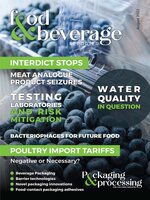 Aug 01 2022
Aug 01 2022
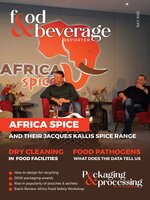 Jul 01 2022
Jul 01 2022
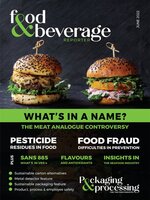 Jun 01 2022
Jun 01 2022
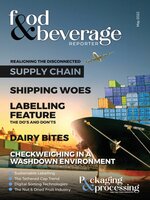 May 01 2022
May 01 2022
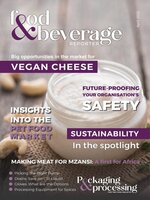 Apr 01 2022
Apr 01 2022
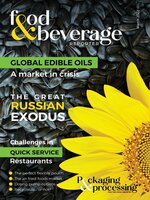 Mar 01 2022
Mar 01 2022
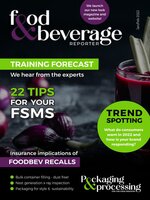 January - February 2022
January - February 2022
